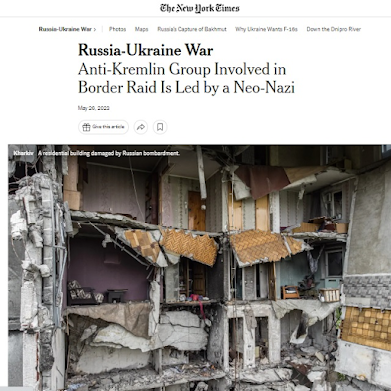
Kazakhstan, and soon Russia, increase export of agricultural goods through Iran via the INSTC
In another sign of activating alternative paths for global trade with the uncertainty in the Black Sea due to the conflict in in Ukraine, Kazakhstan...

In another sign of activating alternative paths for global trade with the uncertainty in the Black Sea due to the conflict in in Ukraine, Kazakhstan...

Iran's Supreme Leader Ayatollah Ali Khamenei said on Sunday it is possible to reach an agreement with the West over Tehran's nuclear activities if the...

A joint Gulf-American statement issued after the joint ministerial meeting of the strategic partnership between the Gulf Cooperation Council states and the United States stressed...

Yesterday, the New York Times revealed that the “Anti-Kremlin Group Involved in Border Raid Is Led by a Neo-Nazi”. The paper reported that the leader...

Egyptian officials told an Emirati newspaper today, Wednesday, that Egypt and Iran are expected to exchange ambassadors within months, as part of a process brokered...

Today, Sunday, the Rapid Support Forces in Sudan announced the extension of the truce for 72 hours, in response to international, regional and local calls.The...